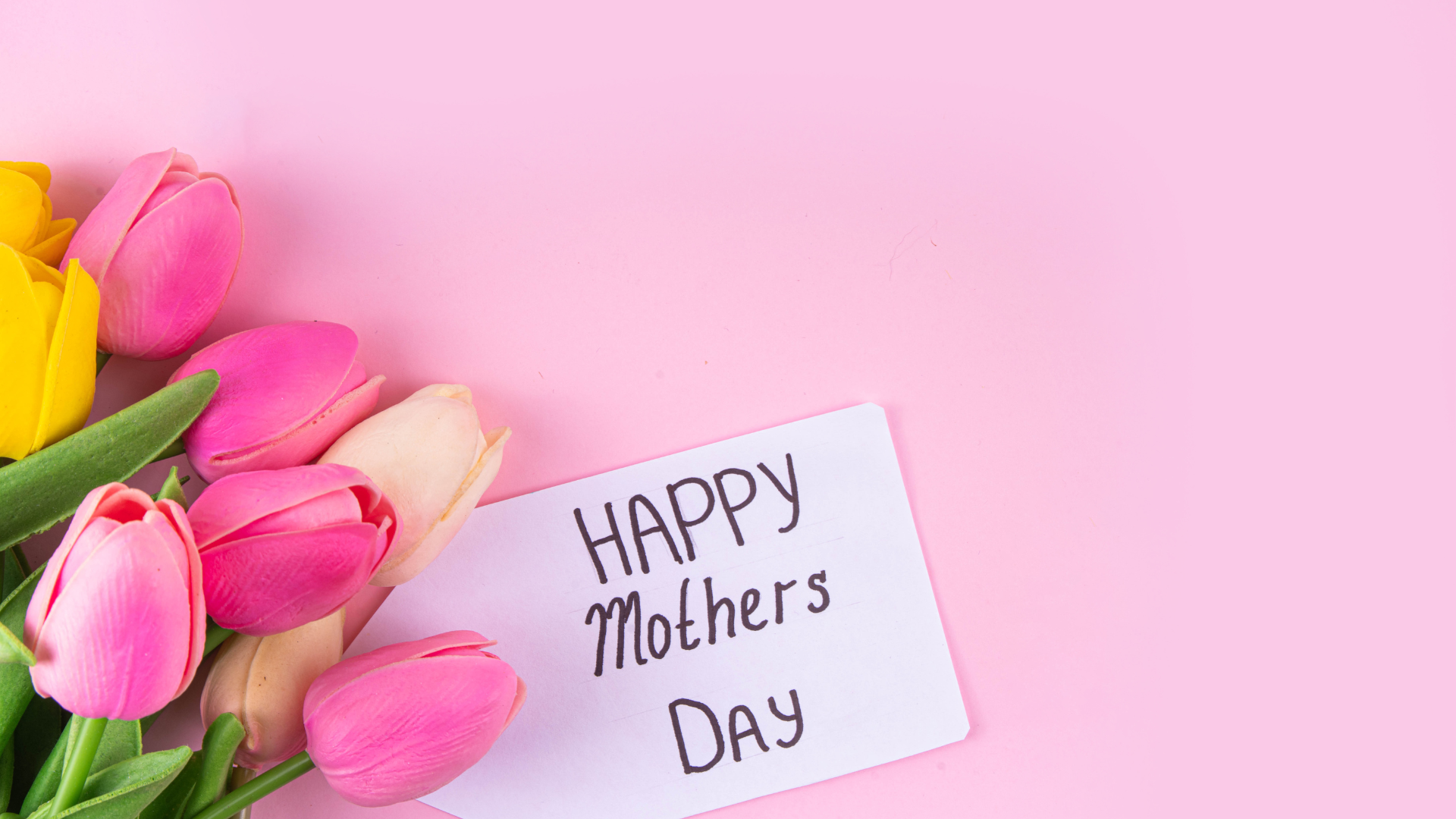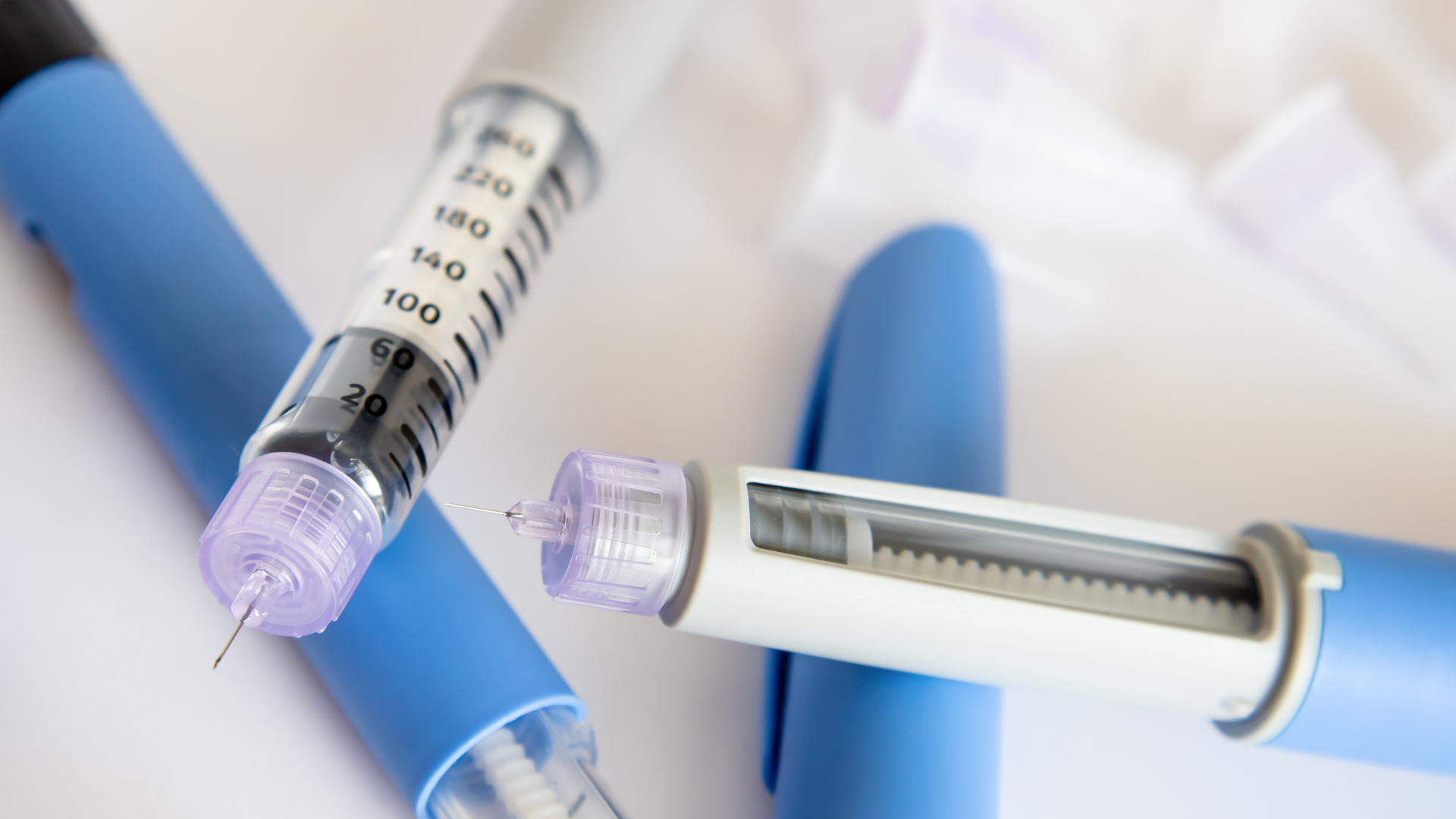Current Targets for Lipids, Cholesterol, Blood Pressure, Time in Range, and A1C
Diabetes that isn’t optimally managed can put you at risk for problems affecting your heart, kidneys, and liver. Learn the targets for lipid levels, blood pressure, and glucose as recommended in the 2023 ADA Standards of Care to lower your risk for diabetes-related health complications.
According to the CDC, just over 25% of U.S. adults diagnosed with diabetes who were nonsmokers met the ADA 2023 Standards of Care target goals for glucose, blood pressure, and cholesterol 2017-2018 (Smoking is a risk factor for cardiovascular complications.) Achieving target levels for glucose, lipids and blood pressure is now viewed as being critical to the prevention and/or delay of numerous diabetes complications.
2023 blood glucose targets for diabetes
Current ADA fasting, pre-meal, and post-meal glucose targets for diabetes
The ADA’s current fasting, pre-meal, and post-meal glucose target ranges for non-pregnant adults provide goals for managing glucose levels surrounding meals are:
- Between 80-130 mg/dL when fasting (after an overnight period of not eating)
- Between 80-130 mg/dL before food or meals
- Less than 180 mg/dL roughly 1-2 hours after the start of eating
Current ADA A1C goals for diabetes
A1C, which estimates a person’s average blood sugar levels over a 2- to 3-month span, is one standard measure of how well blood glucose is controlled and an indicator of diabetes management. usually measured in a lab with routine blood work.
The target A1C range is:
- Below 7% for most nonpregnant adults without significant hypoglycemia, defined as blood glucose levels <54 mg/dL
- Less than 8% for people with a history of severe hypoglycemia, limited life expectancy, or advanced diabetes-related complications. A more stringent goal of A1C lower than 7% may be acceptable and beneficial if it can be achieved safely without significant low blood sugar episodes (hypoglycemia) or other adverse effects
How often to check A1C with diabetes
If the above targets are being met, then the ADA recommends checking A1C at least twice a year. If these targets are not being met or treatment has changed, then the ADA recommends checking every three months and as needed.
Measuring glucose targets and goals with A1C vs. GMI (see below)
If you take glucose measurements recorded by a continuous glucose monitor (CGM), the glucose management indicator (GMI) estimates what your approximate A1C is likely to be based on average glucose levels from CGM readings for 14 or more days. Note that your A1C and GMI levels may not match precisely, so discuss the difference with your diabetes care providers.
2023 ADA Time in Range (TIR) goals for diabetes
If you take glucose measurements recorded by a CGM, you can also use the ambulatory glucose profile (AGP) in a continuous glucose monitoring report to assess glucose levels, with the following Time in Range targets:
- Time in Range (TIR) defined as 70-180 mg/dL, with a TIR goal of at least 70% of the time
- Level 1 Time below Range (TBR), defined as 54-69 mg/dL, less than 4% of the time
- Level 2 Time below Range (TBR), defined as below 54 mg/dL, less than 1% of the time
- For people with frailty or high risk of hypoglycemia, the ADA recommends a target of 50% or greater time in range with less than 1% TBR
How often to assess A1C, TIR, and GMI goals for diabetes
If glucose goals are being met, assess A1C, time in range, or GMI targets at least twice per year. If glucose targets are not being met or treatment has changed to improve glucose management, evaluate glucose targets quarterly and as needed. Talk to your healthcare provider about your glucose targets and know what they should be.
2023 lipid targets for diabetes
Managing lipid levels (cholesterol and triglycerides or blood fats) now focuses on measuring each type of cholesterol opposed to measuring total cholesterol.
Low-density lipoprotein (LDL) cholesterol targets for diabetes
The target range for LDL cholesterol – sometimes also referred to as “bad cholesterol” – is:
- Less than 70 mg/dL in people ages 40-75 years of age with diabetes and risk factors for heart and blood vessel diseases
- Less than 55 mg/dL in people with diabetes and existing heart and blood vessel diseases due to higher incidence of heart and blood vessel diseases and likelihood of having abnormal lipids.
- If your healthcare provider recommends that you reduce your LDL by 50% or more, then the ADA recommends adding an additional medication such as ezetimibe (Zetia) or a PCSK9 inhibitor.
High-density lipoprotein (HDL) cholesterol targets for diabetes
The target range for HDL cholesterol – sometimes also referred to as “good cholesterol” or “healthy cholesterol” – is:
- At least 40 mg/dL for men
- At least 50 mg/dL for women
Triglyceride targets for diabetes
The target range for triglycerides is as follows:
- Less than 150 mg/dL
How often to check lipids (cholesterol and triglycerides) with diabetes
Request a lipid panel, which includes LDL cholesterol, HDL cholesterol, and triglycerides at diagnosis, at any initial medical evaluation, and at least every 5 years following that if you are under 40 years of age.
People with type 2 diabetes are at an increased risk of having abnormal lipid levels, which contribute to their higher risk of heart and blood vessel diseases.
Research has shown that the use of a statin medication such as Lipitor or Atorvastatin to lower LDL cholesterol can reduce these risks. Once someone starts taking a statin medication, LDL cholesterol should be assessed 4-12 weeks after starting this medication or after any change in dose, and on an individual basis.
2023 blood pressure targets for diabetes
Maintaining a healthy blood pressure can help lower the risk of heart attack and stroke. High blood pressure is now defined as at or greater than 130 mmHg/80 mmHg, although blood pressure targets should be individualized based on risk, adverse effects of blood pressure medication and personal preferences. The general targets are as follows:
- Less than 130/80 mmHg for non-pregnant adults who have diabetes combined with high blood pressure and high risk for cardiovascular diseases, if it can be safely attained. However, the standards also recommend not trying to decrease blood pressure below 120/30 mmHg due to potential adverse effects.
- 130/80 mmHg if taking a blood pressure medication
- Note that non-pregnant adults with diabetes and high blood pressure qualify for blood pressure-lowering medication when blood pressure is regularly elevated at 130/80 mmHg or higher
How often to check blood pressure with diabetes
In addition to getting your blood pressure measured at every routine clinical visit, the ADA recommends that every person with high blood pressure and diabetes work with their doctor to set a schedule for checking their blood pressure at home.
About this series
Each year the American Diabetes Association updates its Standards of Medical Care in Diabetes based on current science. We’ve translated key points of the up-to-date Standards into plain English so you know how to stay healthy and minimize diabetes complications.
Recommendations in this article are aimed at adults with type 1 and type 2 diabetes and excludes children and adolescents as well as pregnant people with diabetes. Discuss your targets with your healthcare providers; they may vary based on a number of personal factors.
Other articles in this series:
- Your Guide to the 2023 ADA Standards of Care
- How to Take Care of Your Heart With Diabetes
- How to Keep Your Kidneys Healthy When You Have Diabetes
- How to Keep Your Eyes Healthy With Diabetes
Healthy Bites















